Production processes must be strictly regulated by law. The 116-FZ existing in the Russian Federation enshrines a large number of provisions containing comprehensive data on industrial safety at enterprises. It is this normative act that will be considered in detail in the article.
What is the law about?
According to Article 1 of the Federal Law "On Safety at Hazardous Production Facilities", the presented normative act refers to preventive maintenance at factories and other enterprises. The law establishes the concept of industrial safety, which characterizes the level of protection of the interests of society at hazardous industrial facilities. Safety can be broken by an accident - a phenomenon in which structures or devices are destroyed, as a result of which people can die or suffer.
To prevent an accident, it is necessary to work with the available technical means used at production facilities. It is necessary to conduct expert checks and technical re-equipment in a timely manner. A particularly important action will be to compare existing devices with hazard classes of production facilities. All presented processes and works will be described below.
About hazardous production facilities
Article 2 of the normative act under consideration provides a detailed description of hazardous production facilities. What exactly is worth mentioning here? According to the law, these are workshops, plots, sites and other production areas. All such objects must be registered in a special state register, which is handled by the Russian executive authority.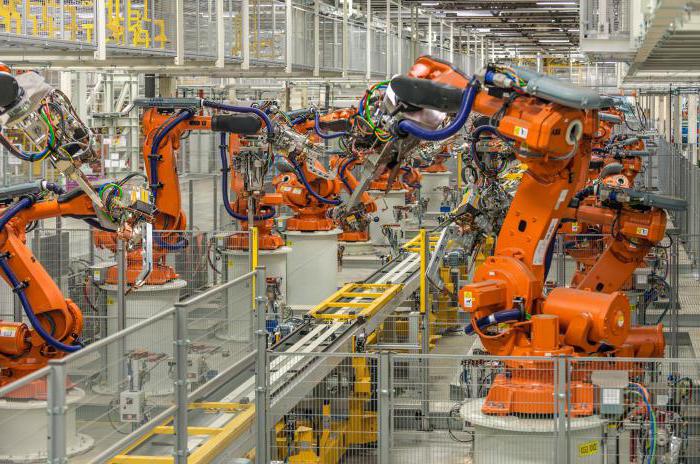
There are a number of hazard classes for production facilities. Depending on what criteria does this or that object fall into the corresponding class? According to 116-ФЗ, the following table exists:
- Class 4 objects have a low level of danger;
- hazardous facilities of hazard class 3 are of average level;
- Class 2 is established for enterprises with a high degree of danger;
- Class 1 for extremely hazardous facilities.
The production manager is responsible for the accuracy and completeness of information about the degree of danger at the respective facilities.
Law requirements
Article 3 of the law in question provides the basic requirements for safety at industrial facilities. The most general information is given here. So, representatives of industrial enterprises should remember the need to protect territories and the population from emergency situations. That is why the standards of fire safety, labor protection, construction, environmental safety, etc., must be observed at production facilities. A separate federal law regulates the activities of enterprises using nuclear energy.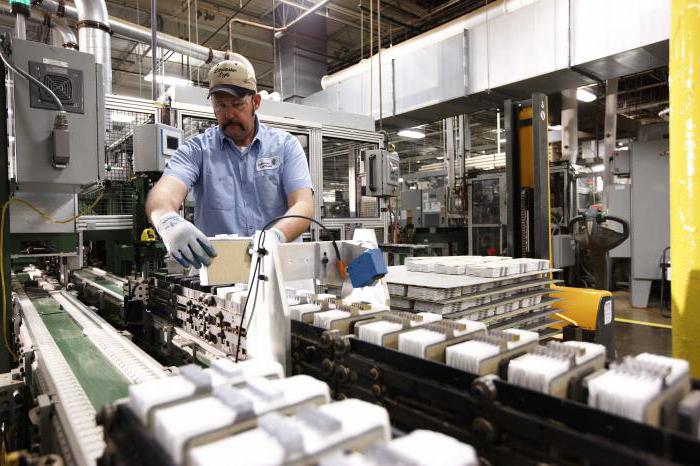
An enterprise where some irregularities were discovered during the inspection work should be subject to repair, liquidation, conservation or limited operation. The appropriate decision should be made by a specialist in the field of control and supervision.
State role
Article 5 of the Law "On Industrial Safety" describes the role of state bodies and officials in the regulation of safe activities in the workplace. So, the head of state entrusts a certain number of functions to the appropriate executive authority, or, on his behalf, the Russian Government. The functions of state bodies are mainly control and supervisory or permissive in nature. Such authorities have their own territorial units, which are created in the manner prescribed by law.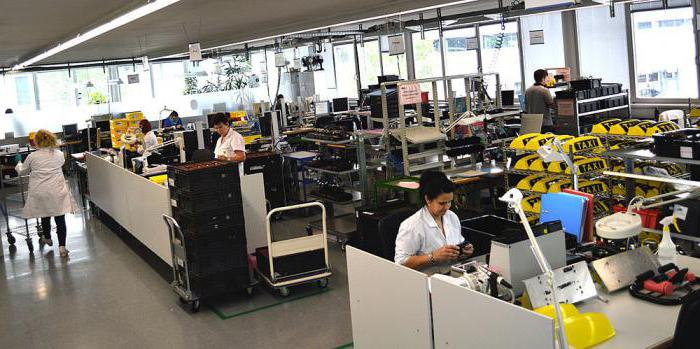
What is meant by federal supervision in the presented area? According to Article 16 of the Federal Law under consideration, this is the activity to prevent, search and suppress functional disorders at the relevant enterprises. The subject of verification is the strict observance by production representatives of the mandatory requirements established by law.
On activities in the field of industrial safety
It is worth telling in more detail about the very professional activities to ensure safety at production facilities. What exactly refers to the types of such activities? Here it is necessary to single out the design, competent operation, construction, installation, overlay, maintenance and repair, conservation, liquidation, expert checks, etc. Do not forget about assigning a hazard class to a hazardous production facility.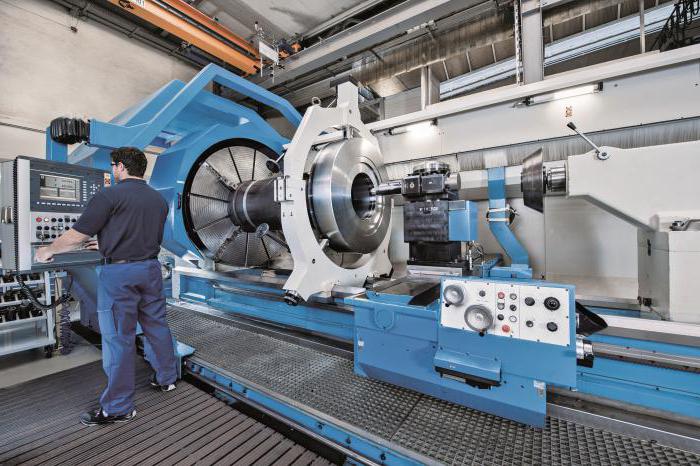
Of course, all submitted activities should be subject to mandatory state licensing. The special licensing body is engaged in this, to which a large number of requirements are also established. Any production facility must, at the request of the relevant authority, provide all requested documentation. At the same time, the authority responsible for issuing licenses does not have the right to demand documents that are not specified in the relevant Federal Law.
About accident investigation
The considered normative act is engaged not only in preventive maintenance and the issuance of hazard classes to industrial facilities, but also in resolving the consequences of emergency situations. Thus, article 12 describes the procedure for the technical investigation of the causes of accidents. A special commission should be created for the investigation, the leadership of which is directly dealt with by the Russian Government or its territorial body. Who is on the commission? Here it is worth highlighting:
- representatives of the respective constituent entity of Russia or the self-government body in whose territory the production facility is located;
- representative of the production facility itself;
- an insurer who has previously concluded a contract with a production facility;
- other representatives - at the request of the state body or enterprise.
The head of such a commission is appointed by the President or the Government. According to the law, the created authority has the right to attract experts, scientific specialists, designers or engineers, public inspectors, etc.
About industrial expertise
Production expert work is the definition of production facilities for compliance with the law. According to article 13, the following are subject to examination:
- any technical devices located at the enterprise;
- adjacent structures and buildings;
- industrial declarations;
- hazard classes of production facilities;
- documents for the liquidation, conservation, limited operation of the facility, etc.

Only the licensed authority may engage in the submitted works. Work is financed at the expense of the customer. All expert work should be based on the principles of objectivity, independence, comprehensiveness, fullness, etc.The result of professional activity should be a special conclusion signed by representatives of expert and industrial organizations.
About state supervision
What place does direct federal supervision occupy in this area? According to article 16, quite high. The frequency of verification work depends mainly on the hazard level at the facility. So, for 2 and 1 hazard classes of production facilities, checks are carried out no more than once a year. For grade 3 - no more than once every three years. For objects of class 4, scheduled inspections are not carried out at all.
What is the basis for conducting state supervision? Here it is worth mentioning the expiration of the work to eliminate the danger in the workplace, the presence of the order of the head of the executive body, as well as the receipt of complaints or civil statements to the federal body that indicate a specific production facility. How long does the verification take? The law states 30 business days. However, there may be exceptional cases when the work is delayed up to 50 days.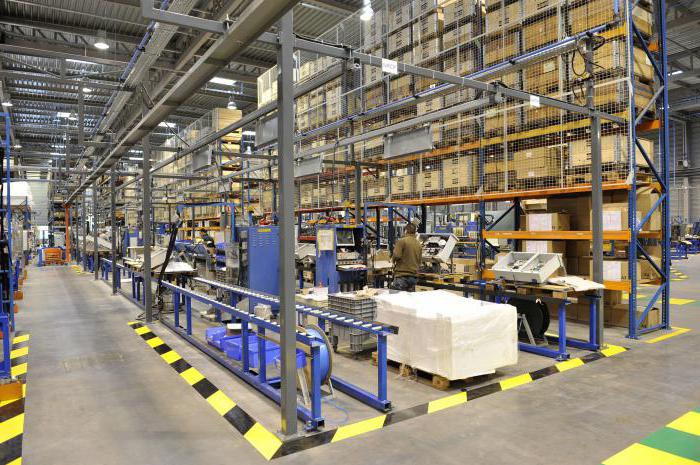
State inspectors have some powers. In particular, it should be noted here:
- issue of orders on violation at the enterprise;
- presentation of a certificate for the implementation of verification work;
- request and receipt of the relevant documentation and information about the object based on the results of the request;
- drawing up reports on administrative violations, etc.
Decisions made by a public authority can be challenged in court.
Classifier
The annexes to the regulatory act contain special tables containing information on the hazard classes of chemically hazardous production facilities. This shows the amount of a hazardous substance in the workplace to assign the appropriate class. Ammonia, ammonium nitrate, chlorine, various types of hydrogen, phosgene and other substances - their contents are subject to a qualitative calculation by expert commissions.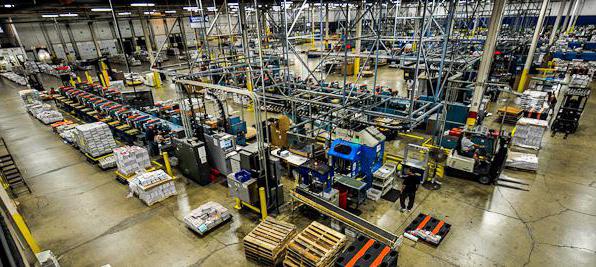
Table 1 of Appendix 2 contains information on specific chemicals, and Table 2 on groups of hazardous substances (toxic, combustible, flammable, etc.). Heads of production facilities can use these tables to challenge the decisions of the respective expert commissions.